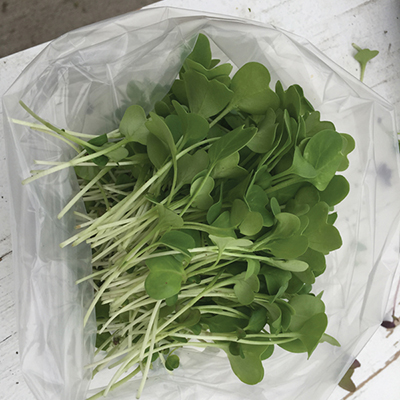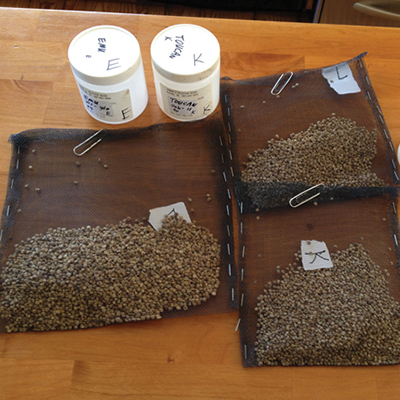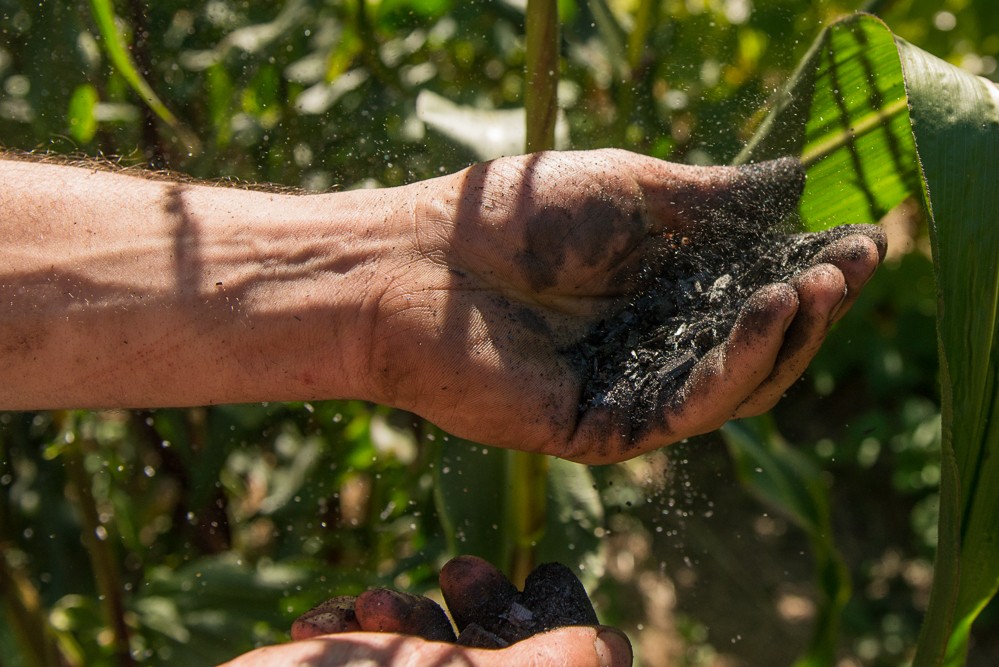
By Kai Hoffman-Krull
An article in the January 2018 issue of Growing for Market references the author's biochar-based potting mix. Here's the recipe.
We and one other farm on Waldron Island, Washingon, called Nootka Rose, have been experimenting with using biochar in our seed-starting soil. We’re finding that it can make up to about a quarter of our mix. We got our mix from Nootka Rose, so here it is:
- 15 (five gallon) buckets of worm castings, made up of 1/3 biochar
- 3 buckets of sand
- 1 bucket of biochar, crushed
- 6 buckets of peat
- 17 pounds of fertilizer
For the fertilizer, we use:
- 6 lbs of blood meal
- 3 lbs of pulverized lime
- 3 lbs of bone meal
- 3 lbs of kelp meal
- 2 lbs of 8-2-4 chicken manure-based fertilizer
For the worm castings made up of 1/3 biochar, the char is added to the worm bin. So 1/3 of the material going into the bin is char. You need to keep supplying them with plenty of food, as they don't eat the char, but the char serves as a great medium for the worms to move around in, and keeps the worm castings from getting slimy.
Being able to make a quarter of our potting soil from our forest has been a financial game-changer for us, and is providing a truly quality product. And it only takes one burn to make all the charcoal you’d ever need for a spring planting season. The best part—you get to go hang out by a huge fire a few times each winter. A bonfire is not the worst way to spend a cold day.
Kai Hoffman-Krull runs a market garden with his wife Sarah on Waldron Island, located in the San Juans off the coast of Washington State. Starting with raw forested land four years ago, they integrate vegetable and fruit cultivation with wild foraging to supply their farmers market stand and restaurant accounts on neighboring islands. Kai studied soil science at the Yale Farm and Forestry School, and served as a manager of the Yale Farm from 2010-2012. He spends most of his current days developing the farmstead’s water system, building structures, and knowing he should care more about weeding.
For the author's article about making and using biochar, see the January 2018 issue of Growing for Market.
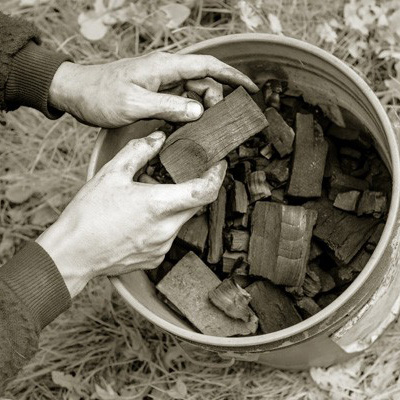
 This is the second of two articles about biochar, the term for charcoal when it is used as a soil amendment. For the first article, detailing the author’s involvement in an on-farm study of biochar from the October 2017 GFM,
This is the second of two articles about biochar, the term for charcoal when it is used as a soil amendment. For the first article, detailing the author’s involvement in an on-farm study of biochar from the October 2017 GFM, 
 The impacts of climate chaos on Astarte Farm have forced us to look for solutions that provide increased long-term resilience in our soil systems, and biochar has shown good promise in moving us toward that goal. Biochar is a paradoxical substance. It is both an ancient agricultural practice developed thousands of years ago in the Amazonian Basin, and at the same time a relatively new approach to enhancing and stabilizing soil fertility.
The impacts of climate chaos on Astarte Farm have forced us to look for solutions that provide increased long-term resilience in our soil systems, and biochar has shown good promise in moving us toward that goal. Biochar is a paradoxical substance. It is both an ancient agricultural practice developed thousands of years ago in the Amazonian Basin, and at the same time a relatively new approach to enhancing and stabilizing soil fertility.
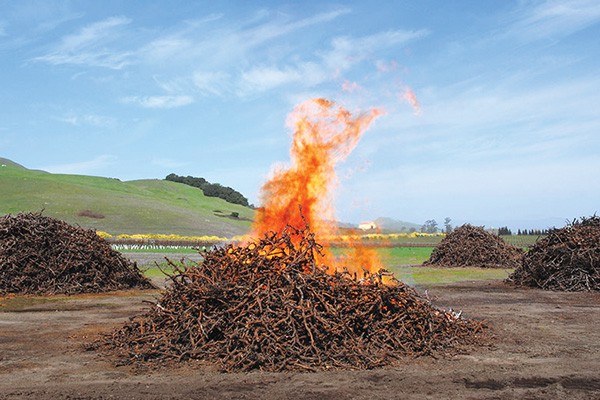 There is, with all of us, a lens through which we see the world. And while each of ours is different—informed by our past, by our present, where we have come from—a common lens we can all share is the recognition that our globe is changing.
There is, with all of us, a lens through which we see the world. And while each of ours is different—informed by our past, by our present, where we have come from—a common lens we can all share is the recognition that our globe is changing. 


 The modern age could very well be termed the age of carbon. We have increased the amount of carbon dioxide (CO2) in the atmosphere by more than a third since the Industrial Revolution began. A gas that keeps heat from the sun contained within the earth’s atmosphere, CO2 makes up more than three-quarters of the greenhouse gas emissions in the world. At the same time agriculture is currently experiencing a carbon crisis, with 50-70% of the world’s carbon in farmland soils off-gassed into the atmosphere due to tillage. Carbon is the single most essential element in soil fertility as it aids soil structure development, water retention, nutrient retention, and biological processes.
The modern age could very well be termed the age of carbon. We have increased the amount of carbon dioxide (CO2) in the atmosphere by more than a third since the Industrial Revolution began. A gas that keeps heat from the sun contained within the earth’s atmosphere, CO2 makes up more than three-quarters of the greenhouse gas emissions in the world. At the same time agriculture is currently experiencing a carbon crisis, with 50-70% of the world’s carbon in farmland soils off-gassed into the atmosphere due to tillage. Carbon is the single most essential element in soil fertility as it aids soil structure development, water retention, nutrient retention, and biological processes. 
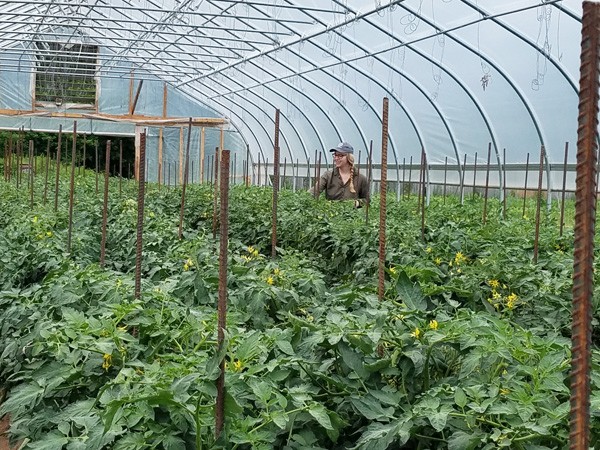 High tunnels have played a crucial role in season extension for market growers, with popularity increasing over the last decade to meet demand for locally grown produce year round (or close to it). Once built, the high tunnel becomes some of the most valuable real estate on the farm and many growers are able to produce exceptional yields in the first few years. After several seasons, yields begin to decline and many growers struggle to maintain productivity.
High tunnels have played a crucial role in season extension for market growers, with popularity increasing over the last decade to meet demand for locally grown produce year round (or close to it). Once built, the high tunnel becomes some of the most valuable real estate on the farm and many growers are able to produce exceptional yields in the first few years. After several seasons, yields begin to decline and many growers struggle to maintain productivity. 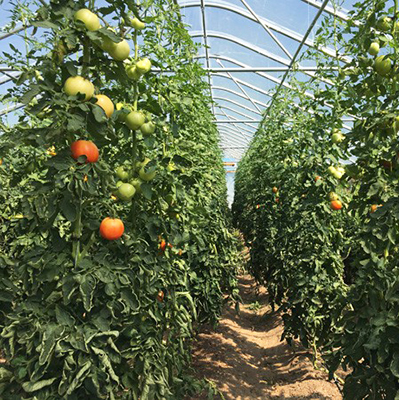
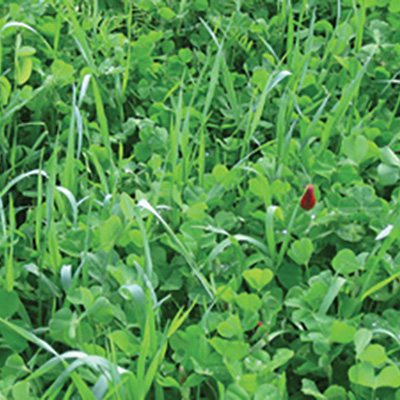
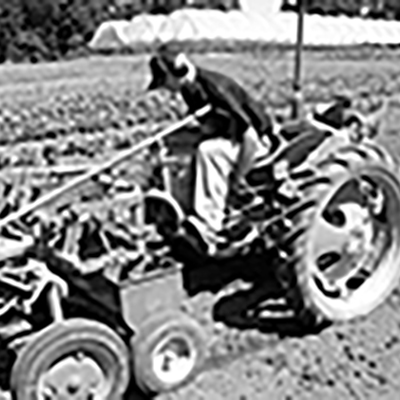
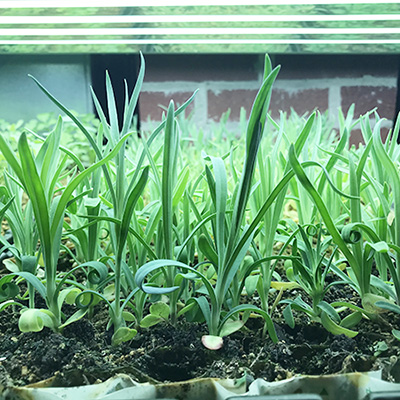
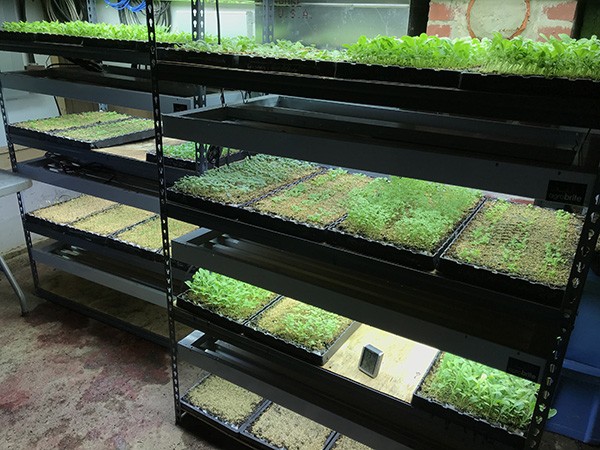 Have you ever lost precious seedlings in your greenhouse to frost? How about tossing a flat or two out due to heat stress or a missed watering? Or better still, stared at a tray of seeds that won’t germinate, with smoke coming out of your ears, because you’re sure someone (not you!) mis-watered them at a critical moment? Have you ever shrugged to yourself reading the growing instructions on a seed packet that says “Germinates best at 70 Fahrenheit” while standing in your 85-90 degree greenhouse? You’ve started to look into a germination chamber to solve some of these issues, but they look pricey and have limitations like not being able to handle as many flats as you’d like to start at once.
Have you ever lost precious seedlings in your greenhouse to frost? How about tossing a flat or two out due to heat stress or a missed watering? Or better still, stared at a tray of seeds that won’t germinate, with smoke coming out of your ears, because you’re sure someone (not you!) mis-watered them at a critical moment? Have you ever shrugged to yourself reading the growing instructions on a seed packet that says “Germinates best at 70 Fahrenheit” while standing in your 85-90 degree greenhouse? You’ve started to look into a germination chamber to solve some of these issues, but they look pricey and have limitations like not being able to handle as many flats as you’d like to start at once.